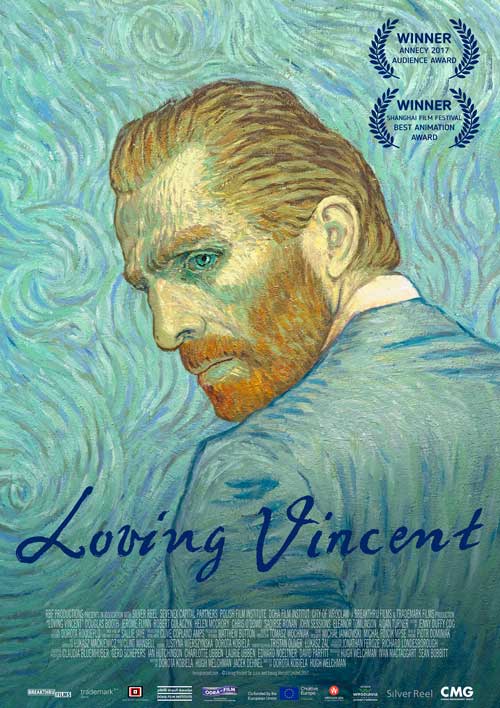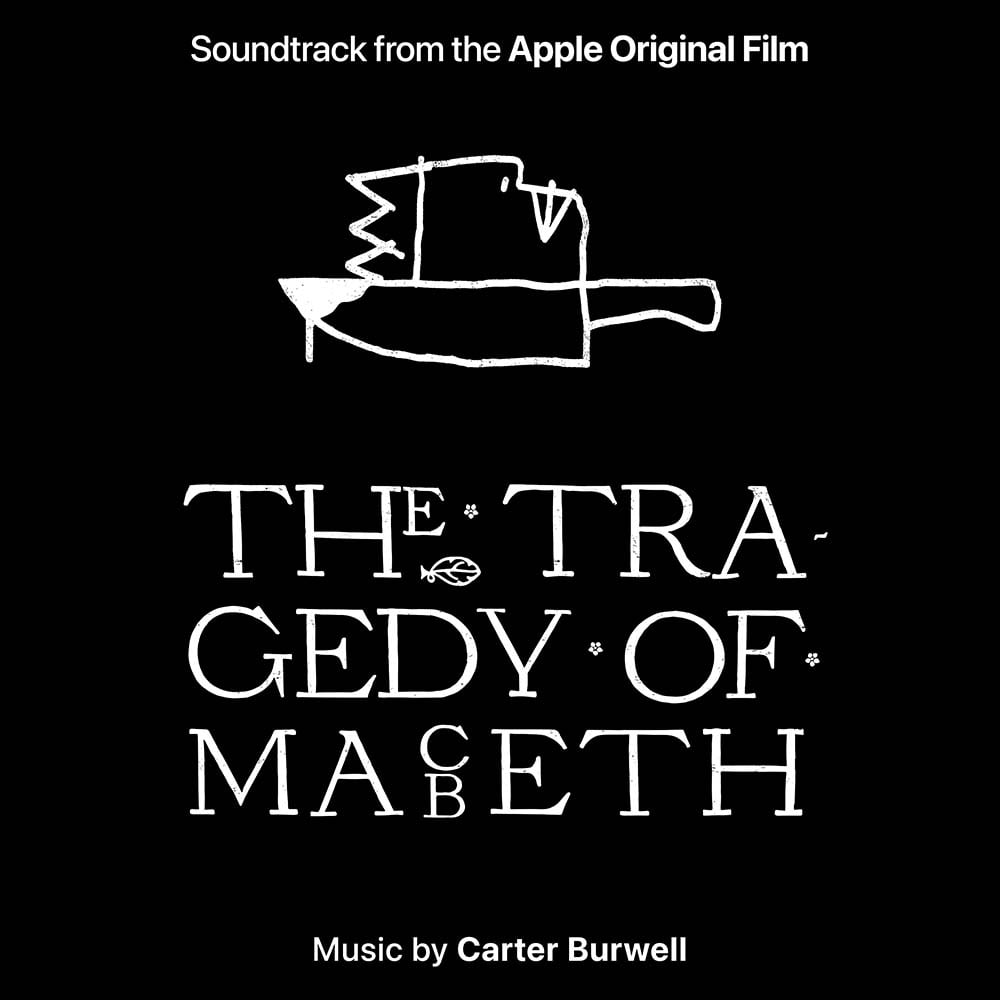
Loving Vincent is one of the more adventurous films made in recent memory: an ode to Vincent van Gogh animated through 65,000 hand painted frames. The film retells van Gogh’s last days (and, briefly, his early days) through what are effectively a series of interrogations. Armand Roulin, the “interrogator” traveling across France to deliver one final letter to van Gogh’s estate, meets a variety of characters. Many of these encounters are short-lived. When coupled with the multiple aesthetic depictions of these individuals (through multiple artistic styles and perspectives), there should be a difficulty connecting and empathizing with these characters, leading to a sense of detachment with the film. But Clint Mansell’s score provides the emotional core needed to create an attachment.
It is a slow brewing storm of melancholy. Even the happiest reminiscences of van Gogh are eventually dashed by the sorrow of his suicide and the uncertainty and hopelessness it wrought. Mansell encapsulates these feelings in a richly textured cloud that seems to sit atop much of the film. The wailing strings and deep rumbles mimic the moods of each character Armand meets, as well as his own growing feelings of futility in finding an answer to van Gogh’s death.
The score even works surprisingly well in passing moments, such as when used for a few seconds during fleeting flashbacks. Ordinarily when segments of a score are used so momentarily, they come off jarring and fragmented. But Mansell builds such an atmosphere that the subsequent, brief use of certain motifs harkens back to the rich emotional fabric he’s already created, dredging up those memories once more.
The atmosphere Mansell creates causes the viewer to get lost in the beautiful, often tranquil oil paintings, while the undercurrent of melancholia persists throughout.



